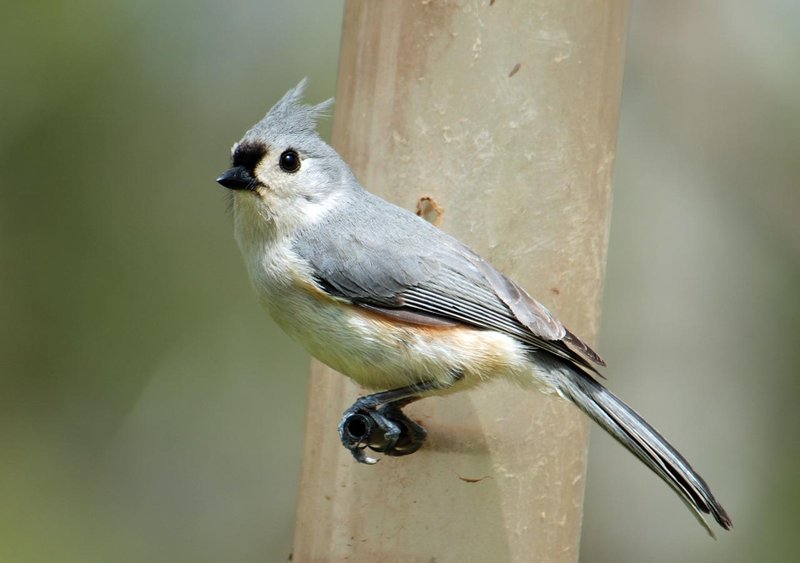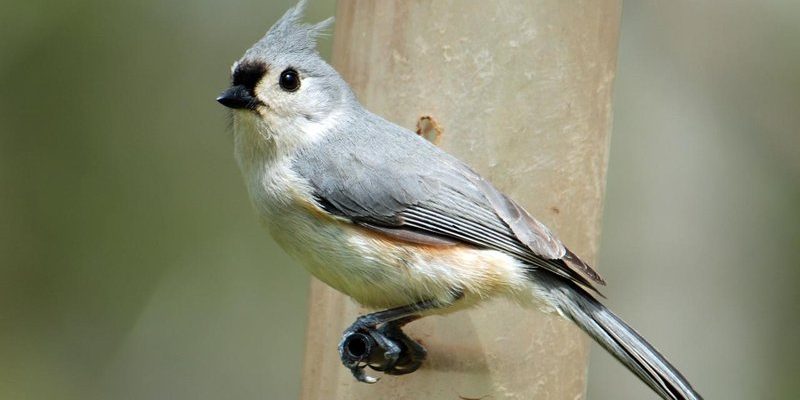
Inchworms, often the larval stage of moths, can be a significant food source for many birds. Imagine inchworms as tiny morsels that provide essential nutrients with a side of protein—just what many birds need to fuel their active lives. In this article, we’ll dive into the world of avian diners that prefer feeding on inchworms. From curious woodpeckers to sly thrushes, let’s explore these fascinating birds and their culinary choices.
Why Birds Love Inchworms
You might be wondering why inchworms are such a popular meal choice for many birds. Here’s the thing: inchworms are plentiful and relatively easy to catch. Their slow, looping movement makes them easy prey for birds that rely on quick reflexes. Birds need a balanced diet, and inchworms provide a great source of protein and moisture, especially during the nesting season when birds are feeding their young.
Additionally, inchworms tend to appear in large numbers, particularly in the spring and early summer. It’s a buffet style meal for birds, meaning they can fill up quickly without expending too much energy. This is crucial when they’re busy feeding chicks or building up their strength after migration.
Common Birds That Feed on Inchworms
Let’s take a closer look at some bird species that particularly enjoy munching on inchworms. It’s fascinating to see how diverse their dining habits can be!
1. Woodpeckers
Woodpeckers are well-known for their drumming sounds and impressive climbing skills. They often forage on tree trunks, where they can find inchworms hiding in the bark or foliage. Birds like the Downy Woodpecker and Hairy Woodpecker will explore every crevice in their quest for these tasty caterpillars. Their sharp beaks are perfectly designed for pecking through wood, allowing them to access not just inchworms but also other insects and larvae.
2. American Robin
The American Robin, with its bright orange belly, is a familiar sight in many backyards. These birds are opportunistic eaters and have a keen eye for spotting inchworms among the grass and underbrush. Robins are known to hop around looking for food, and their diet varies with the seasons. During springtime, you’ll often see them feasting on inchworms—an excellent source of protein for their growing chicks.
3. Eastern Bluebird
With its stunning blue feathers, the Eastern Bluebird is a joy to spot. These birds are also fond of hunting for inchworms. They often perch on wires or low branches, scanning the ground for movement. Once they spot an inchworm, they swoop down and snatch it up in a flash. Their hunting strategy makes them efficient predators of these squirming caterpillars.
How Inchworms Affect Bird Populations
Inchworms play a significant role in supporting healthy bird populations. The abundance of these insects can directly impact the number of birds in a particular area. During the peak of inchworm season, many birds benefit from the extra food, which helps increase their chances of survival and reproduction.
This relationship highlights the interconnectedness of ecosystems. A healthy population of inchworms means a more robust population of birds. If you enjoy birdwatching or taking care of your garden, attracting inchworms can be beneficial. However, it’s essential to maintain a balanced environment, as too many inchworms can lead to plant damage.
How to Attract Birds That Feed on Inchworms
If you’re interested in attracting these inchworm-loving birds to your backyard, there are a few simple steps you can take:
- Plant native trees and shrubs: Birds love to gather in areas with plants that provide food and shelter. Oak, maple, and fruit trees can attract inchworms and, in turn, the birds that eat them.
- Provide birdhouses: Offering shelter will encourage birds like the Eastern Bluebird and American Robin to settle in your yard.
- Limit pesticide use: Pesticides can harm insects, including inchworms, which may reduce the food supply for your feathered friends. Instead, promote a natural balance in your garden.
By creating a welcoming environment, you’ll not only get to enjoy the sights and sounds of these beautiful birds but also contribute to a healthy ecosystem.
Birds that prefer feeding on inchworms represent a fascinating intersection of nature’s food web. From the energetic Downy Woodpecker to the colorful Eastern Bluebird, these creatures showcase the diversity and adaptability of avian life. As you learn more about these birds and their habits, you’ll find yourself noticing the subtle ways they thrive in their environments.
Inchworms might seem small and insignificant, but they’re an essential food source for many birds. By understanding this relationship, you can appreciate the beauty of nature even more. Whether you’re an avid birdwatcher or just curious about the world around you, recognizing these connections makes each encounter with wildlife that much more meaningful. So next time you see a bird flitting about, consider what it might be searching for—and how inchworms play a part in that story.

